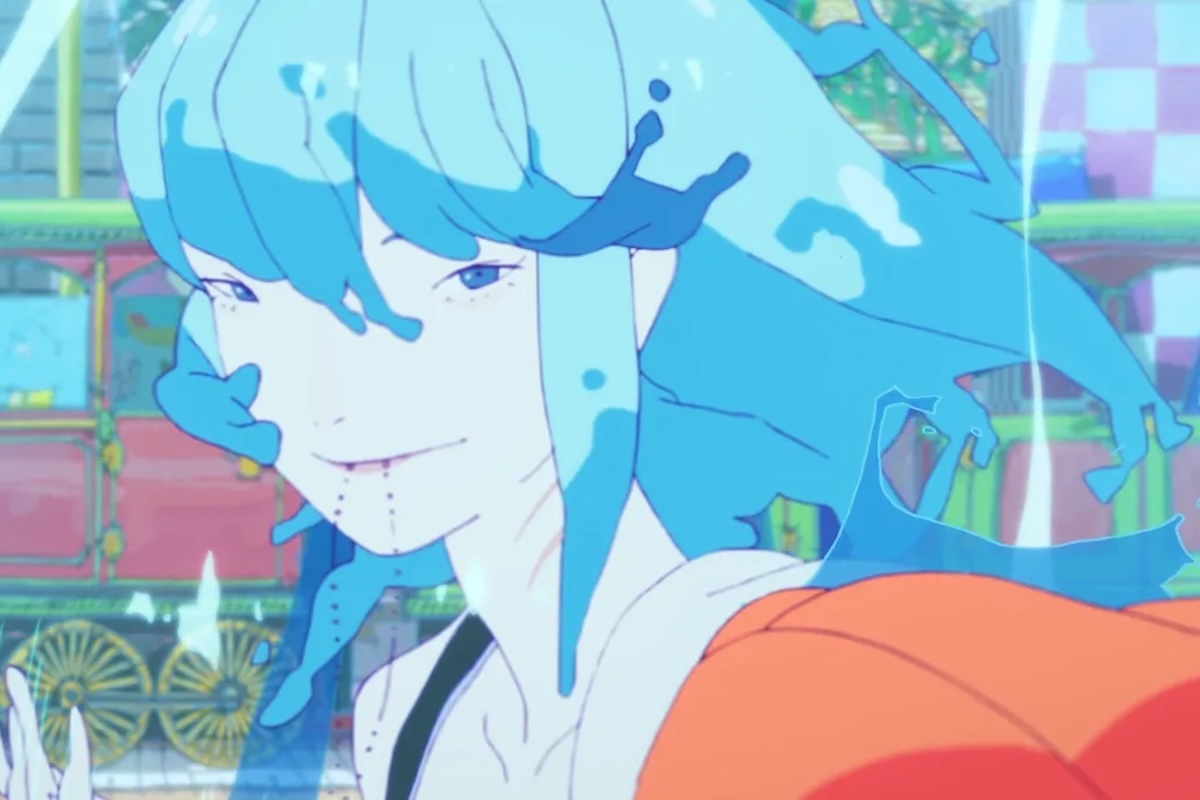Japan’s Anime Industry’s $25 Billion Surge: A Cultural Revolution or a Capitalist Exploitation?
Japan’s anime industry has reached unprecedented heights, with a total market value soaring to JPY3.84 trillion (approximately $25.25 billion) in 2024. This remarkable growth has been documented by the Association of Japanese Animations (AJA) during a presentation at TIFFCOM, the market arm of the Tokyo International Film Festival. The surge in the anime market is not merely a reflection of domestic consumption but is significantly driven by a global boom in interest, showcasing the genre’s expanding influence across international borders.
The anime industry has evolved dramatically over the past few decades, transitioning from niche appeal to a mainstream cultural phenomenon. This transformation can be traced back to the early 2000s, when anime began to gain traction outside Japan, particularly in North America and Europe. The advent of streaming platforms has played a pivotal role in this expansion, allowing audiences worldwide to access a diverse array of anime titles. Services like Crunchyroll, Netflix, and Funimation have not only provided a platform for established series but have also fostered the growth of new content, catering to a variety of tastes and preferences.
The financial success of the anime industry is a testament to its cultural resonance. The $25 billion figure encompasses various sectors, including television series, films, merchandise, and video games. Each of these segments contributes to the overall market value, with merchandise sales often outpacing revenue generated from content alone. Iconic franchises such as “Pokémon,” “Naruto,” and “Attack on Titan” have become cultural touchstones, generating billions in merchandise sales and further solidifying anime’s place in global pop culture.
Moreover, the rise of anime has sparked a broader conversation about cultural imperialism and the globalization of entertainment. Critics argue that the commercialization of anime risks diluting its artistic integrity, transforming it into a mere product for mass consumption. This perspective raises questions about the balance between artistic expression and commercial viability. As anime continues to penetrate mainstream culture, the challenge lies in preserving its unique storytelling and artistic styles while navigating the demands of a global market.
The impact of anime extends beyond entertainment; it has also influenced fashion, art, and even social movements. The aesthetic and thematic elements of anime have permeated various aspects of contemporary culture, inspiring a generation of artists, designers, and creators. The rise of “kawaii” culture, characterized by its emphasis on cuteness and innocence, has roots in anime and has found expression in fashion trends, social media, and even political discourse.
As the anime industry continues to thrive, the role of international collaborations cannot be overlooked. Studios like Toho Global, known for its iconic “Godzilla” franchise, are increasingly looking to global partnerships to expand their reach. These collaborations often blend cultural elements, resulting in unique productions that resonate with diverse audiences. However, they also raise concerns about cultural appropriation and the authenticity of the original material.
The financial success of the anime industry has also led to increased competition among studios. With the influx of new content and the demand for high-quality animation, studios are under pressure to innovate and differentiate themselves. This competitive landscape has resulted in a surge of creativity, with new genres and storytelling techniques emerging. However, it has also led to concerns about the sustainability of this growth, as studios grapple with rising production costs and the need to maintain audience engagement.
In conclusion, the record-breaking $25 billion valuation of Japan’s anime industry is a multifaceted phenomenon that reflects both the cultural significance of anime and the complexities of its commercialization. As the industry continues to evolve, the interplay between artistic integrity and commercial success will remain a critical point of discussion among creators, critics, and fans alike. The future of anime will undoubtedly be shaped by these dynamics, as it navigates the challenges and opportunities presented by a rapidly changing global landscape.




